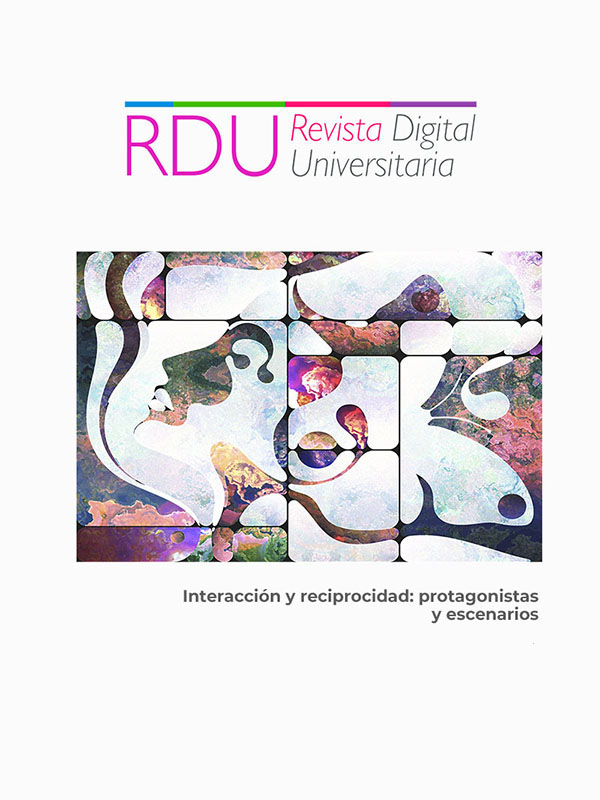International undergraduate studies at UNAM?
DOI:
https://doi.org/10.22201/cuaieed.16076079e.2020.21.5.13Keywords:
higher education, international education, joint programs, double degree, professional competence, interdisciplinary, multiculturalAbstract
Accelerated population growth, with its resource requirements and the effects it produces, is a current relevant global phenomenon. Additionally, the interaction among social groups has become tighter and more complex; hence, the challenges that arise from this new reality cannot be approached from a single discipline, by a single professional, or in a restricted location. Therefore, graduates of higher education institutions (heis) must be able to identify and analyze complex problems, with a regional or global impact, from an interdisciplinary and multicultural approach. The National Autonomous University of Mexico (unam) is responsible to promote the development of the necessary aptitudes in its students in order to perform their professional exercise in a global and complex context. One of the strategies to meet this need is the creation of joint educational programs with top-performing heis that offer official recognition of the studies carried out. The present work is aimed to identify the most prestigious heis internationally, as well as to analyze the institutional conditions at unam, for the establishment of interinstitutional agreements in order to offer joint educational programs for undergraduates with a degree in both institutions. Through the identification of the top international heis, the flexibility and knowledge-field content in the unam ...
References
Barragán-Codina, J. N. y Leal-López, R. H. (2013, agosto). The Importance of Student Mobility, Academic Exchange and Internationalization of Higher Education for College Students in a Globalized World. Daena: International Journal of Good Conscience, 8(2):48-63. http://www.spentamexico.org/v8-n2/A3.8(2)48-63.pdf.
Binkley, M., Erstad, O., Herman, J., Raizen, S., Ripley, M. Miller-Ricci, M. y Rumble M. (2012). Defining Twenty-First Century Skills. En P. Griffin, B. McGaw y E. Care (Eds), Assessment and teaching of 21st century skills. Springer. doi: https://doi.org/10.1007/978-94-007-2324-5_2.
Glenn, J. C., Florescu, E. y Millennium Project Team. (2016). 2015-16 State of the Future. Journal of Socialomics, 5(3):1000168. doi: https://www.doi.org/10.4172/2167-0358.1000168.
Glenn, J. C., Florescu, E. y Millennium Project Team. (2017). Executive Summary. En State of the Future 19.0. Library of Congress. http://www.millennium-project.org/state-of-the-future-version-19-0/.
Marope, M., Griffin, P. y Gallagher, C. (sin fecha). Future Competences and the Future of Curriculum. International Bureau of Education (ibe), United Nations Educational, Scientific and Cultural Organization (unesco). http://www.ibe.unesco.org/sites/default/files/resources/future_competences_and_the_future_of_curriculum.pdf.
Sheffield, J., Korotayev, A. y Grinin, L. (2013). Globalization as a link between the past and the future. En J. Sheffield, A. Korotayev y L. Grinin (Eds.), Globalization: yesterday, today and tomorrow (pp. 2-29). Emergent Publications. usa.
Published
Issue
Section
License
Copyright (c) 2020 Revista Digital Universitaria

This work is licensed under a Creative Commons Attribution-NonCommercial-ShareAlike 4.0 International License.

Revista Digital Universitaria es editada por la Universidad Nacional Autónoma de México se distribuye bajo una Licencia Creative Commons Atribución-NoComercial 4.0 Internacional. Basada en una obra en http://revista.unam.mx/.










